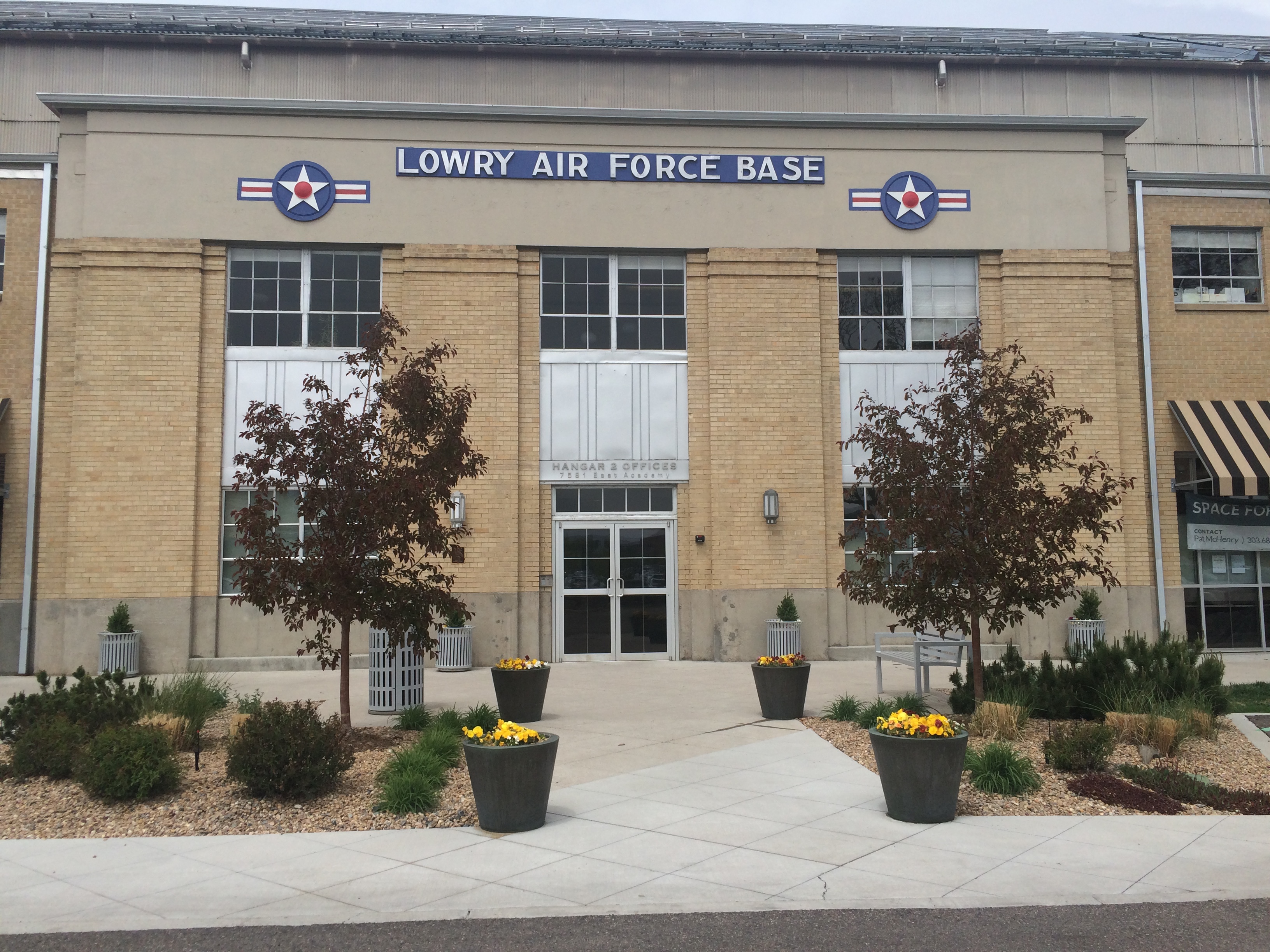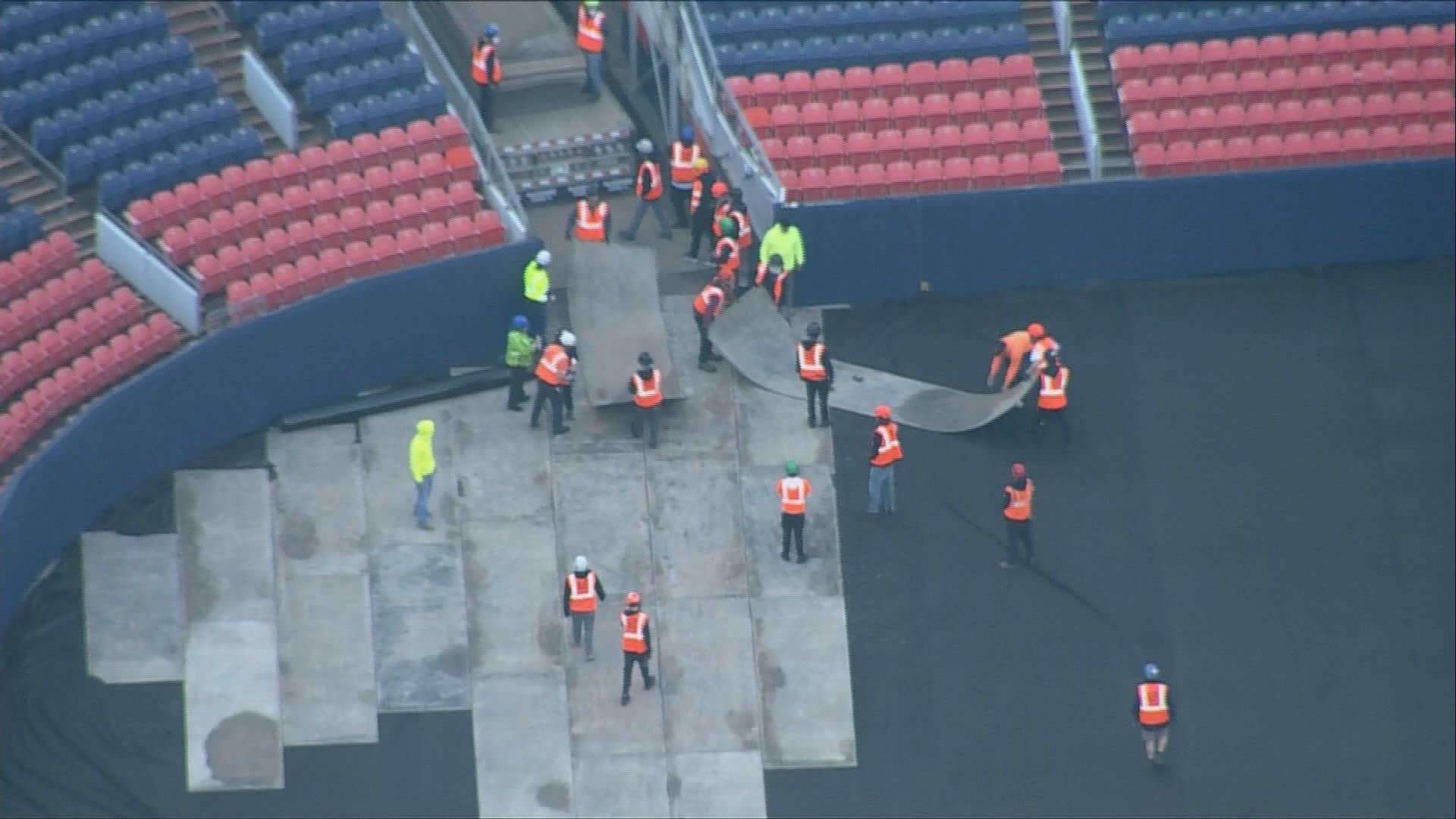Just taking a quick drive or stroll through Lowry, it’s easy to tell there’s a lot of history here. If the massive airplane hangars don’t give it away first, maybe the black and white murals of WWII planes will. Once a prominent Air Force base training missile specialists and aerial photographers, Lowry Field is now a unique and highly sought-after Denver neighborhood.
Lowry Field sits on the far eastern edge of the Denver city limits, just before entering the city of Aurora. It’s a neighborhood with a rich military history that offers resident a quiet refuge from the busy downtown area.
Lowry Field is bounded by 11th Avenue and part of Lowry Boulevard on the north, Yosemite and Dayton streets to the east, East Alameda Avenue to the south and South Monaco Parkway and Quebec Street to the west.
Join us Friday afternoon for a photo tour of Lowry, on Instagram!
Lowry’s early history
The first people to call Lowry home were a tribe of up to 1,500 Arapahoe Indians who set up camp along Westerly Creek in the 1840s and 1850s.
Then in 1888, Christian military school Jarvis Hall was built on the north end of the neighborhood. It was only in operation until 1901, when an accident during a chemistry project started a fire that burned the school to the ground.
A few years later, the Agnes C. Phipps Memorial Sanatorium was built. Between 1904 and 1932, tuberculosis patients flocked to the facility to take advantage of the healing properties of Colorado’s climate. One of the buildings from the original Sanatorium campus is still standing today and is the oldest structure in Lowry.
On August 31, 1927, Lowry received a very special visitor. Charles Lindbergh was on a publicity tour following his historic cross-Atlantic flight and landed at an airfield in the area. Lindbergh spent the night at the Brown Palace in Denver before continuing his tour.
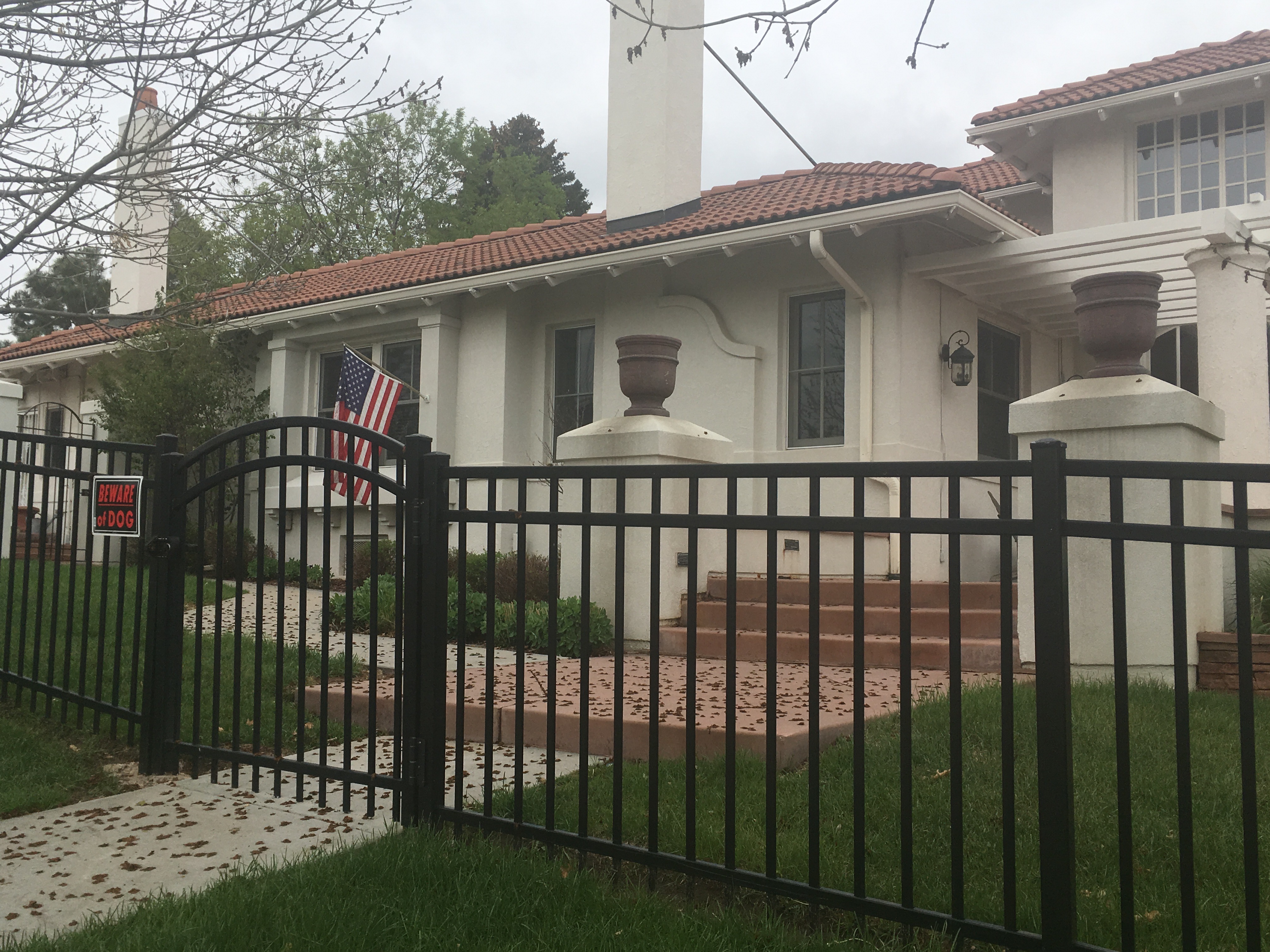
In 1934, The United States Military was looking to replace Chanute Field, a training facility in Illinois that had deteriorated over the years. The city of Denver purchased the old sanatorium grounds and put in a bid. The proposal was accepted and the Lowry airfield, named after aerial photographer Lt. Francis Lowry, the only Colorado pilot killed in World War I combat, began to be built.
The Lowry Air Force Base
For 57 years, the neighborhood was a working Air Force Base helping to train the US military.

It opened in 1938 with a focus on technical training, including aerial photography. As air and space technology continued to become more sophisticated into the 1950s, more and more trainees came to Lowry. The first Titan I ICBM base was in Lowry and at one point, about 1,000 missile specialists were being trained at Lowry each year.
In 1955, the United States Air Force Academy was also established at Lowry. It would remain in the area until 1958, while the permanent location was being built in Colorado Springs.
Lowry also became the summer White House of President Dwight Eisenhower and his wife, Mamie Doud. Mamie had grown up in the area and her family still lived in Colorado, so the couple would visit often. The Eisenhower’s private presidential plane, which they would fly to Lowry, was even named The Columbine after the Colorado state flower. Chapel No. 1, where the couple would often attend services while they were in town, is now named the Eisenhower Chapel.
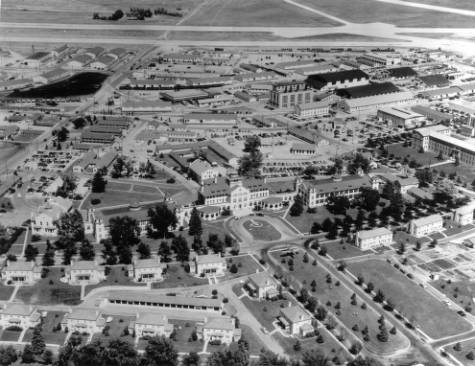
At its peak, 20,000 people were living on the base.
Aerial operations continued at Lowry until 1966. The base eventually fully closed in September 1994.
Redeveloping Lowry
Immediately after the base’s closure, plans for reuse and redevelopment began. By 1995, only one year after the Lowry Air Force Base had closed, a reuse plan had been adopted.
Because preservation was a priority so early on, most of buildings from Lowry’s days as an Air Force base have been saved and repurposed for new uses.
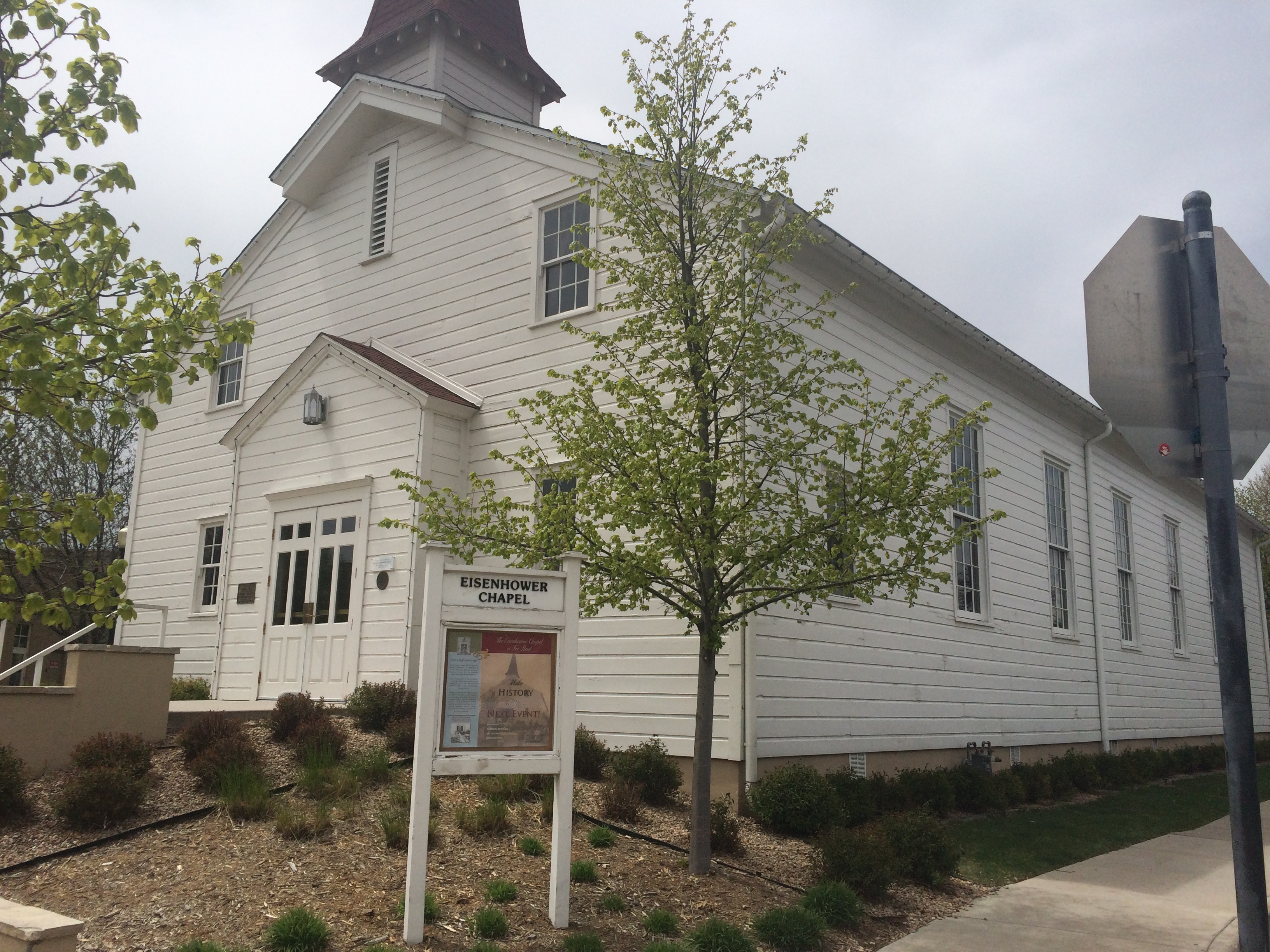
All of the massive hangars are still in use today, now housing an air and space museum, an ice rink, offices, storage units, and more. The former steam plant, base headquarters and officers’ homes are now lofts. The Eisenhower Chapel is now used for community events.
Residents began moving into the new Lowry neighborhood in April 1998, and the community had its official grand opening in June.
Living, shopping and dining in Lowry
The heart of today’s neighborhood is the Lowry Town Center, a large walkable shopping area anchored by Safeway, with plenty of small businesses nearby. Chewy's Bonetique (a boutique pet store), Timbuk Toys (selling locally made toys), the Watermark (a card/paper store) and The Mole Hole (a collectible/gift shop) are just some example of the quaint shops located there.
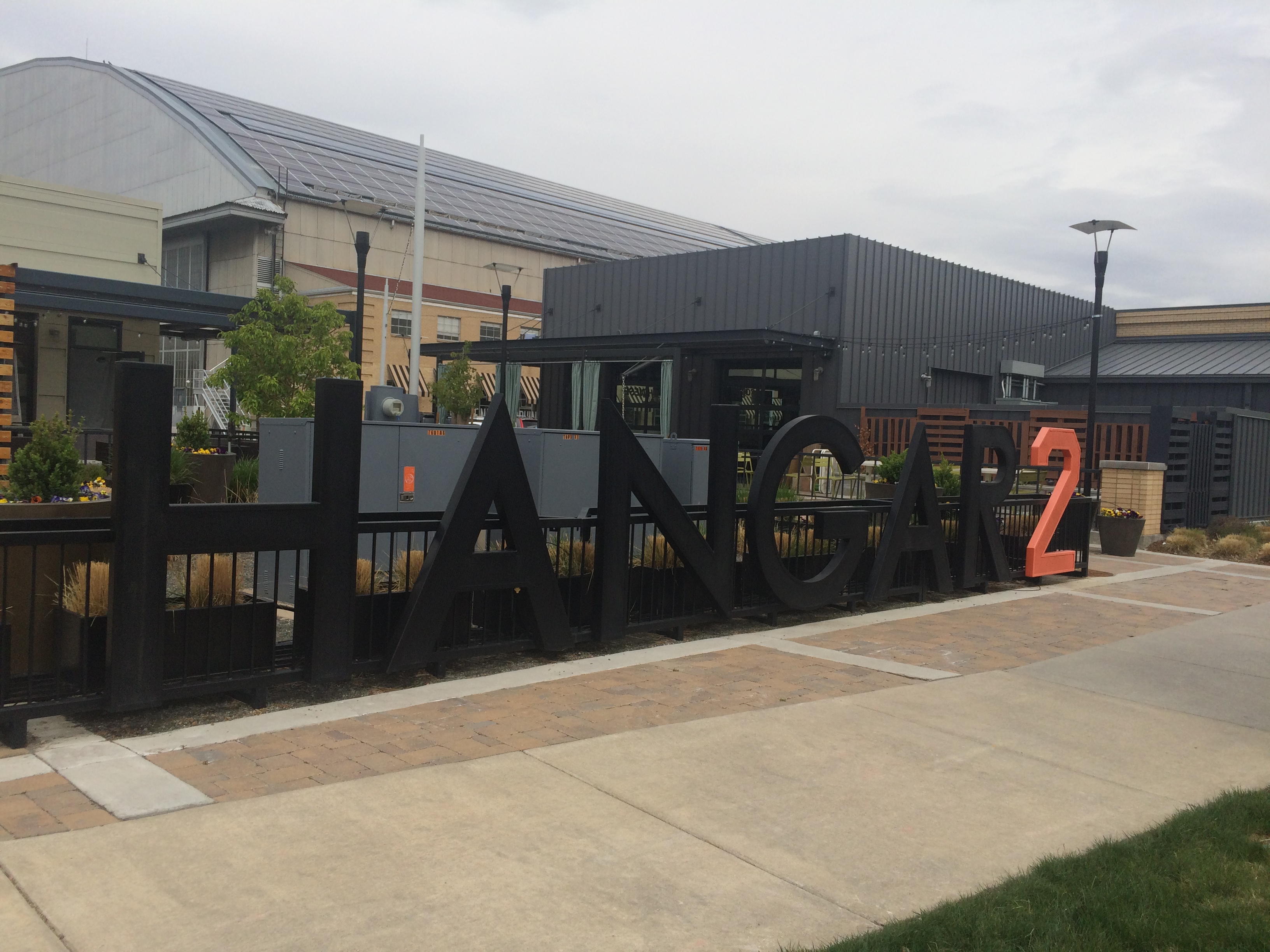
But away from that, the old Air Force base on Academy Boulevard has plenty more to offer — including the popular Lowry Beer Garden, a fun spot with communal tables and a spacious outdoor patio that serves up beer, brats and pretzels.
Right next door is the Wings Over the Rockies Air & Space Museum, which preserves the history of Lowry's Air Force operations from 1938 to 1944 and has more than 50 aircraft on display. Wings Over the Rockies also hosts multiple events year-round, and houses the Wings Aerospace Academy, a tuition-free charter program for 6th to 10th graders that provides hands-on aerospace experiences.
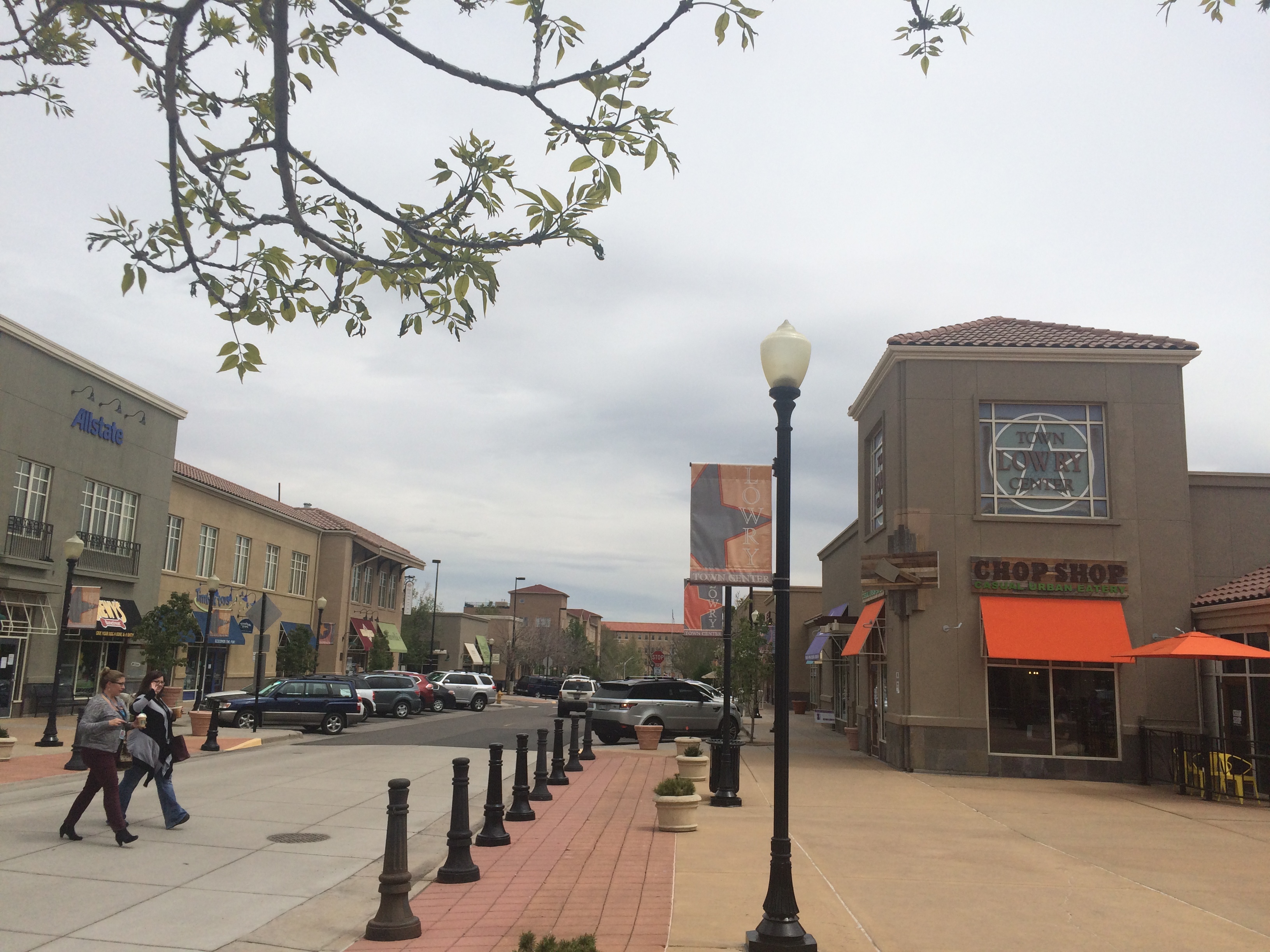
Lowry has several top-notch dining options. North County (94 Rampart Way) is a bright spot serving up Mexican eats, and just received kudos from Zagat for having one of the best tacos in metro Denver, its Baja fish taco. Lucky Cat (7559 E. Academy Blvd.), a modern Chinese, open kitchen eatery and bar, is another great option.
On the eastern edge of the neighborhood is the sprawling Lowry Sports Complex Park, complete with picnic and grilling areas, baseball/basketball/softball/soccer fields, a dog park, playground and open space. The park is one of 17 spread throughout the neighborhood.
Lowry is also the site of Colorado Free University. CFU is not "free" monetarily, but rather targets people looking to enhance their education, learn a new language, etc.
Lowry was the site of one of the hottest commercial real estate deals of 2016, with a 414-unit apartment complex, Amli at Lowry Estate, selling for $112 million last October.
Living in Lowry can be expensive for most people: The median price for a home in Lowry is $560,000, up 0.9 percent since last year, according to real estate website Trulia.com. The median rent, meanwhile, is just under $3,000.
Last month, education website Niche named Lowry the 16th best neighborhood in Denver.

